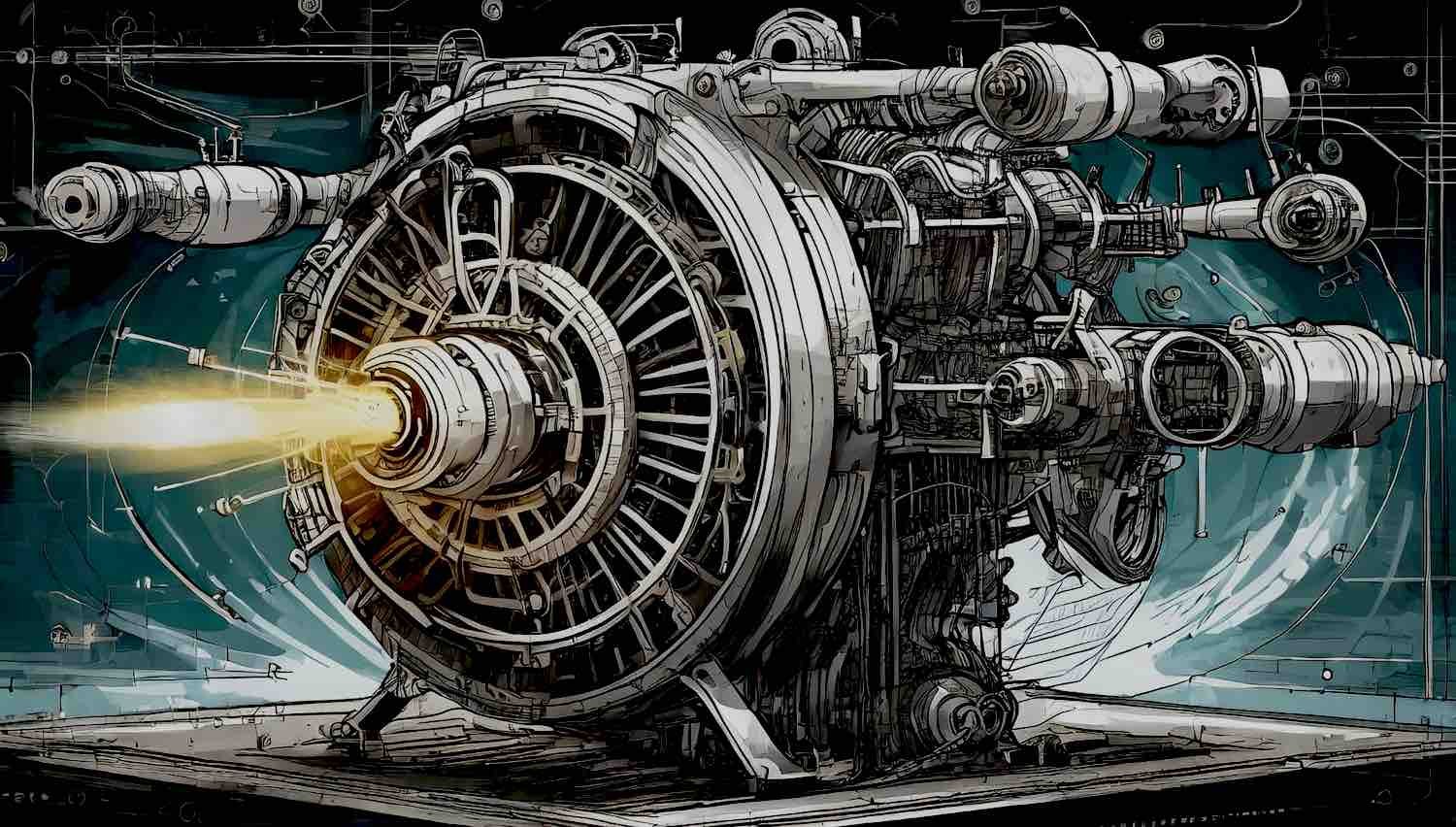Here’s how I think about it.
Suppose you drop a rock from a hot air balloon. Acceleration acts on it while it’s falling, and it hits the ground at say 100mph. (Ignore air resistance.) Then throw the rock upward from the ground at 100mph. It will stop when it reaches the height of the hot air balloon.
Now, _throw_ a rock _downward_ from the hot air balloon at 100mph. Gravity will have a lot less time to act on it (to accelerate it) before it hits the ground, so it will hit the ground going somewhat slower than 200mph; say 150mph. Now reverse this; throw the rock upward from the ground at 150mph. When the rock passes the hot air balloon, it will be travelling 100mph upward. The 50mph difference in upward thrown speed at ground level (150mph vs 100mph) translates to a 100mph difference when the rock reaches balloon level (100mph vs 0mph). In other words, the ground-level "burn" is twice as effective as the balloon-level "burn". This is essentially how the Oberth effect works. A small delta-V burn deep in a gravity well can translate to a much larger delta-V outside the gravity well, since gravity will have less time to slow the object down on its way out.
I like the imagery, but I don't know that the explanation matches the physics. Yes, the outbound transit time is less, but does that actually mean anything?
Potential energy (Pe) is mass*height*gravity, there is no accounting for the time it took to get to that altitude.
Work is force*distance, in this case height. Crossing the distance faster requires greater power, but net energy of altitude change is the same. f=m*a, d=h, same as Pe.
The lesser speed decrease in the second situation is due to kinetic energy being proportional to the square of velocity.
150 vs 100 is 2.25 the inital energy. The ascent converts the same amount to potential energy in both cases, but in the second would still have 1.25 times case one's kinetic energy left over, meaning the velocity at the balloon altitude would still be greater than the original drop's final velocity.
I think the gravity well is a red herring because potential energy cancels out, and the root difference is the increase in energy imparted to the rocket by burns at higher speeds.
Ke=1/2*m*v², so the same delta-v requires a greater increase in kinetic energy the faster the rocket is going:
Kef=1/2*m*(Vi+Vd)² = 1/2*m*(Vi²+2Vi*Vd+Vd²)
Net Ke change: 1/2*m*(2*Vi*Vd+Vd²)
Given a rocket's delta-v budget doesn't care about intermediate velocities (note: rocket centric, not gravity assist trajectory planning), the topic de-jour (as I understand it) is the method by which the same engine burn can produce wildly different amounts of energy change in the rocket.
Kinetic energy's square term: If one is decelerating a moving object with a constant force, the object's velocity determines the distance over which the force is applied, twice the speed means twice the time to decelerate during which it is traveling twice as fast, thus 4x the distance.
position=-1/2*a*t² + Vi*t
Stopping time = Vi/a
Stopping distance = -1/2*Vi²/a + Vi²/a = 1/2*Vi²/a
f=ma, a=f/m
d = 1/2*Vi²*m/f
Work=f*d
Work=f*1/2*Vi²*m/f = 1/2*m*Vi² = Ke
Which does lend itself to the line of thought that at higher velocity the same burn duration with the same engine force occurs over a longer distance thus work done to the rocket is greater. This then requires the energy lost by the exhaust to be greater. So maybe both ways of looking at it are correct along with being numerically equivilent
@scaesare ?
And they may both link back to position/ height having a square term for time, thus Pe does internally for a trajectory.
Calc I did to try and get my mind aligned:
In a vacuum, potential energy plus kinetic is a constant, regardless of the time in flight: Pe= m*h*a, h=-1/2*a*t² + t*Vi =m*(-1/2a²t²+atVi) Ke= 1/2*m*v², v=Vi-a*t = 1/2*m*(Vi²-2atVi+a²t²) Pe+Ke=m*(1/2*Vi²-atVi+1/2*a²t² -1/2*a²t² + atVi) =1/2*m*Vi² = inital Ke = final Pe at t=Vi/a, h=1/2*Vi²/a (ignoring gravity falling off with distance)



